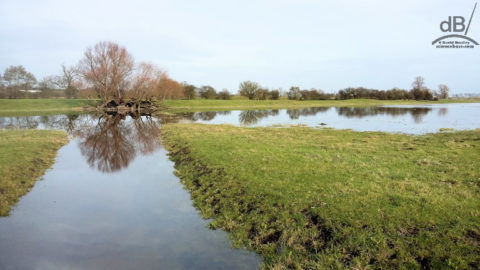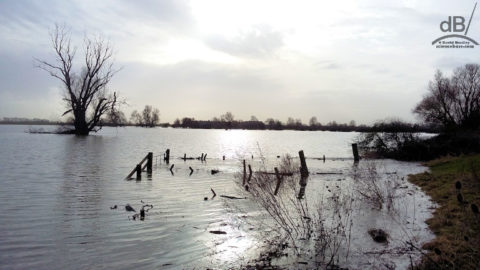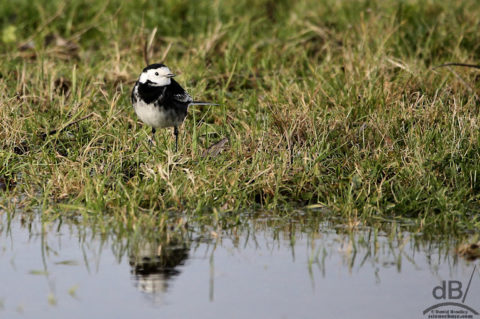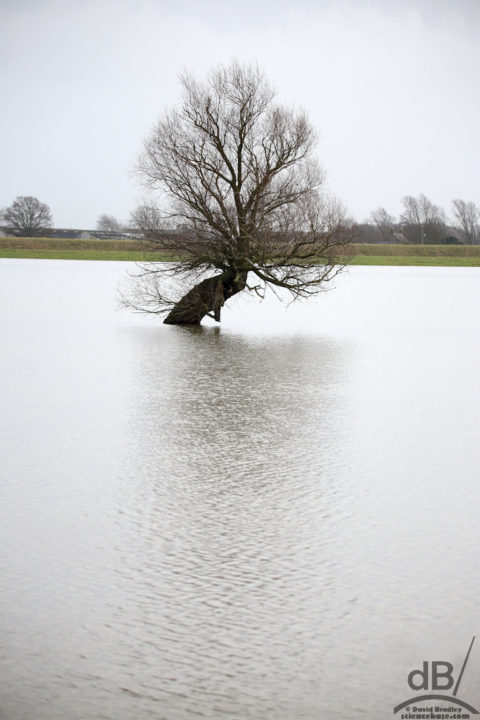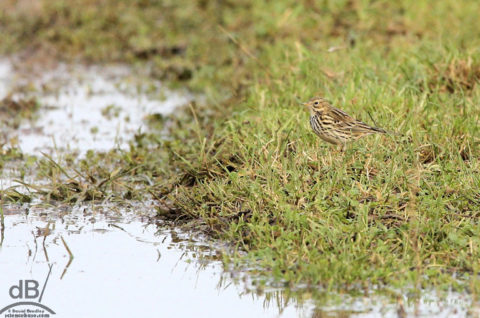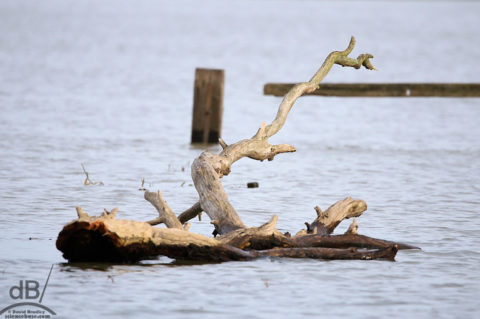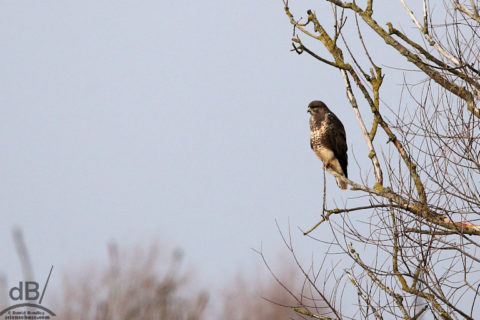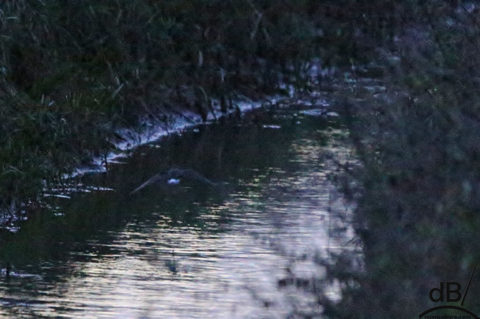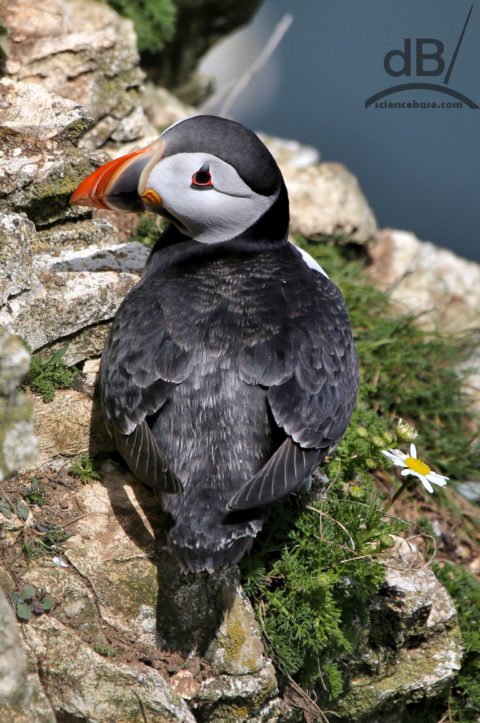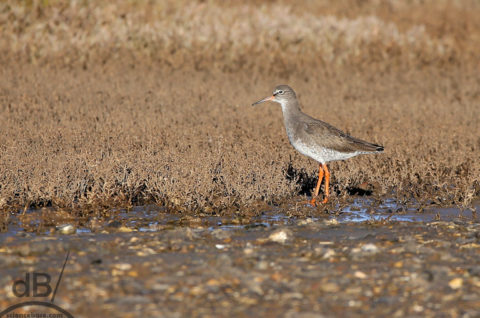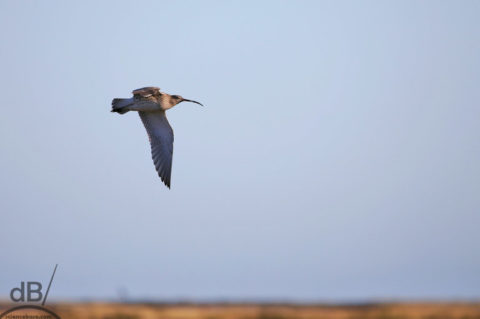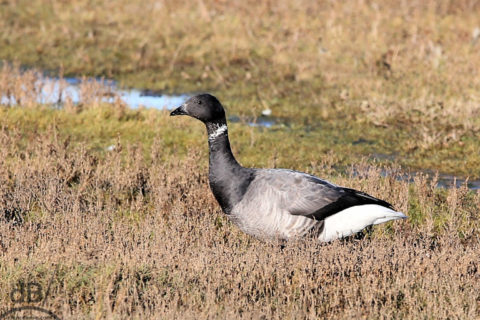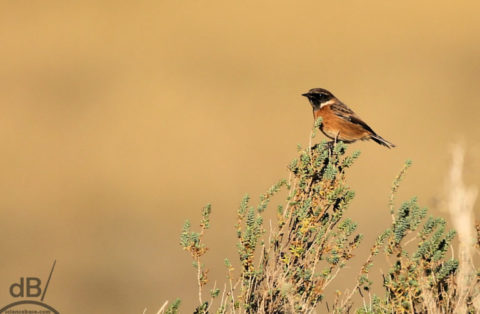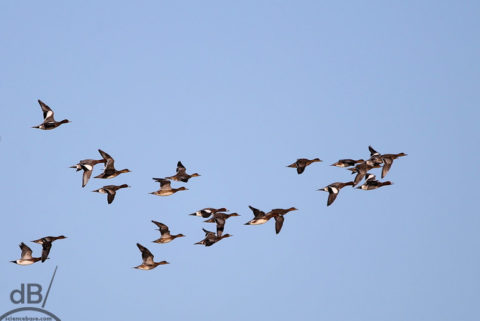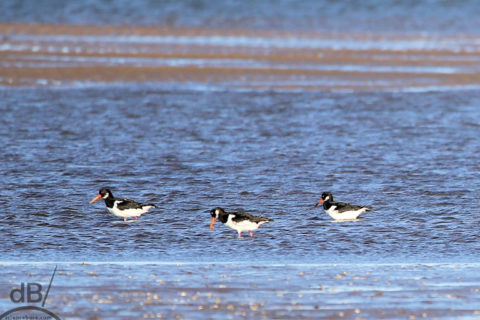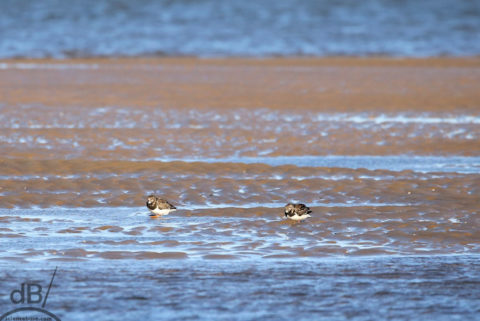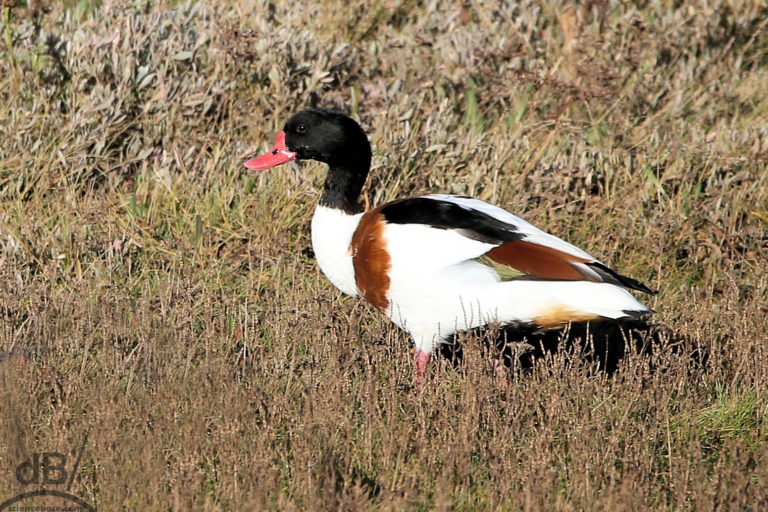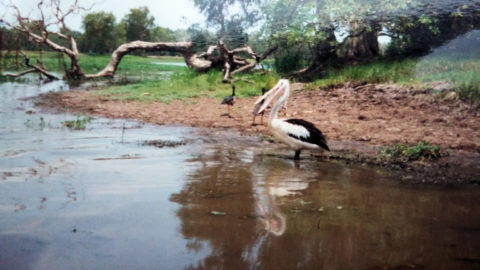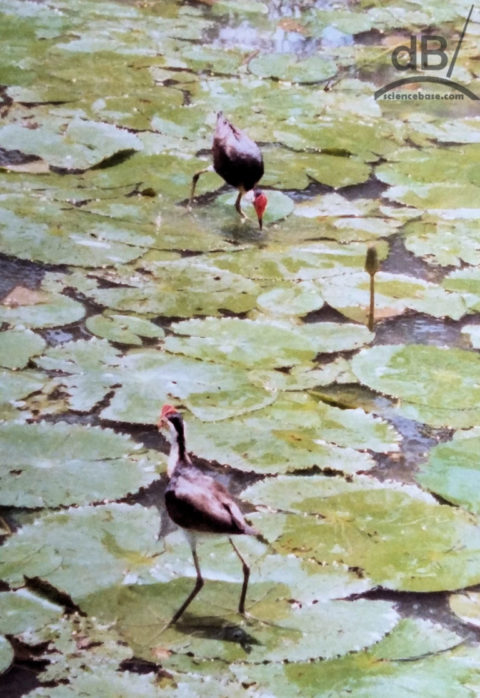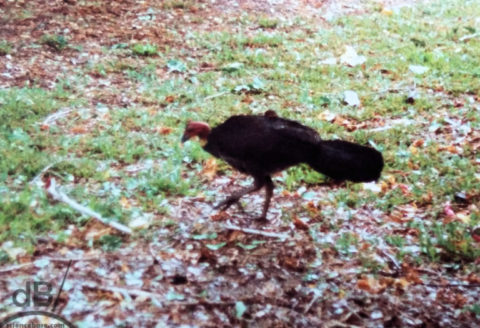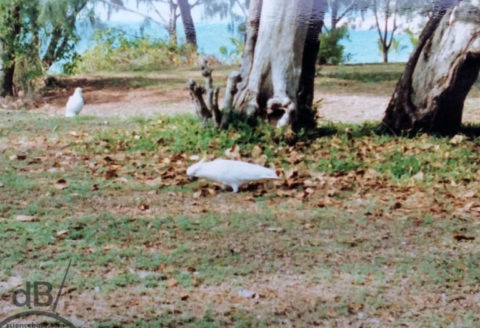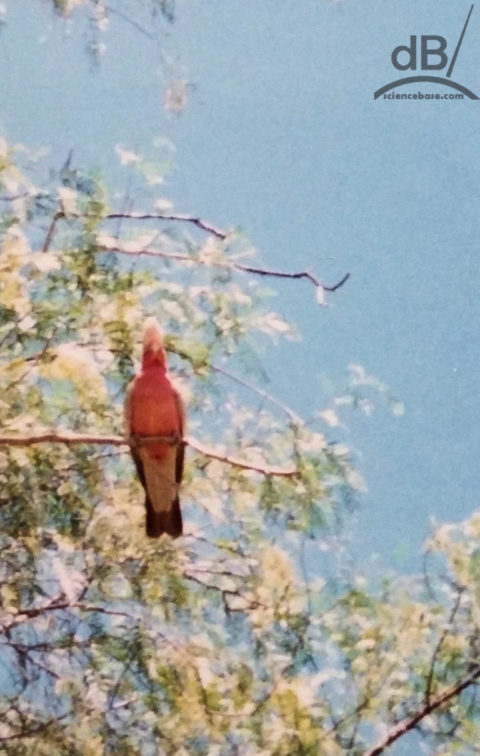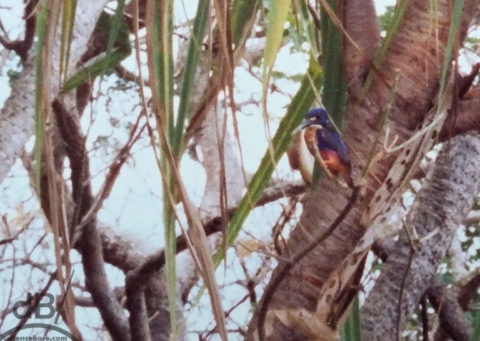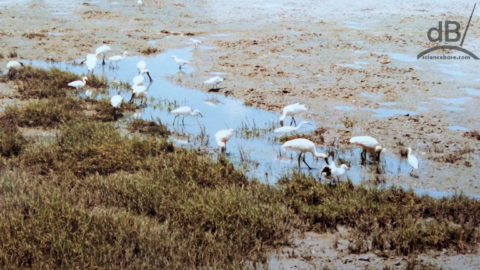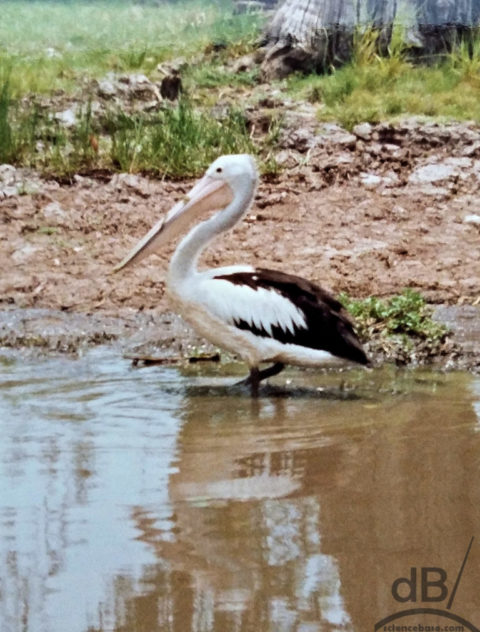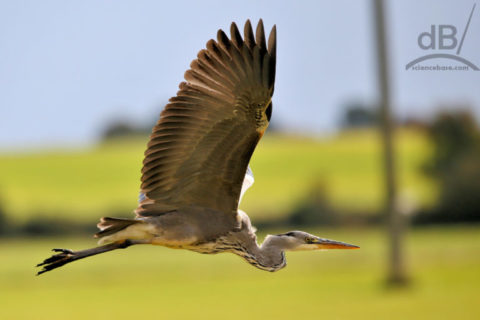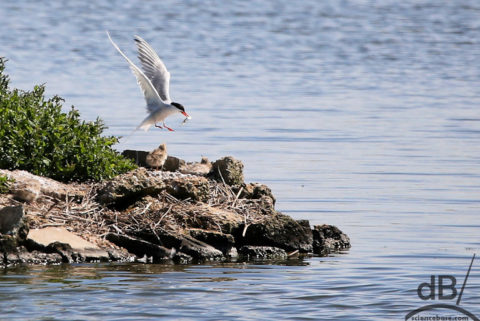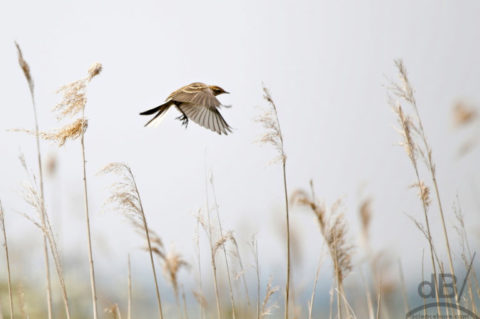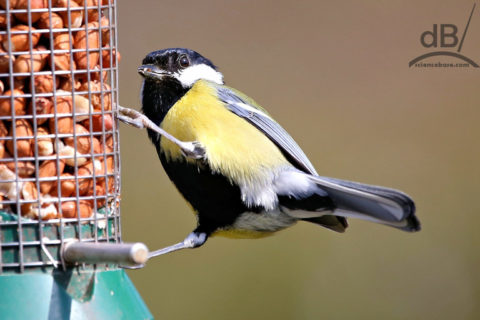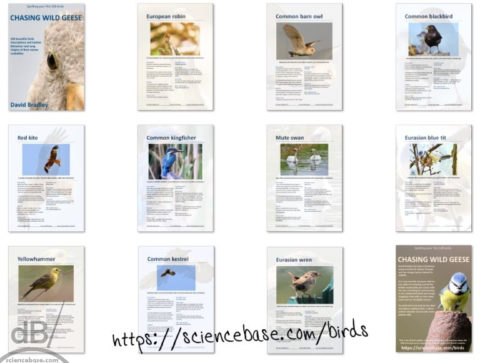I’ve been hearing and catching occasional glimpses of a coal tit (Periparus ater) in our garden for several months. I have managed to get some awful snatched photos of it, but usually with its face turned away from the camera or flitting into the shrubage. Anyway, on a whim, I decided to put my camera on a tripod in the middle of the garden and point it out that mixed seed feed dangling from our beech tree, resplendent in its bronze winter plumage foliage.
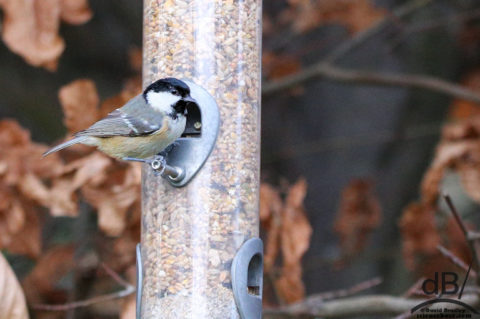
I’d enabled Wi-Fi on the camera and went back indoors to a comfortable chair and fired up the EOS app on my phone, luckily the camera’s Wi-Fi signal was strong enough to cope with the distance between chilly tripod and comfortable armchair. No sooner had I sat down than the coal tit appeared by pure chance. So tapping away on the app, I grabbed a few before it darted back into the aforemention shrubage and did not re-emerge.
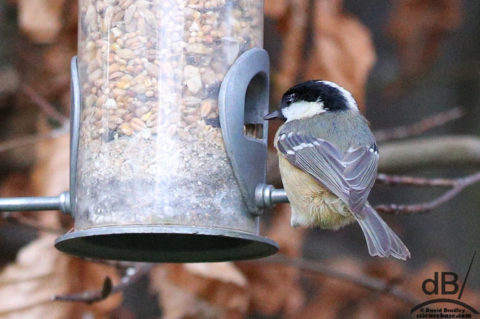
The coal tit eats insects, seeds, and nuts and will cache food to eat later. They’re well known as flocking with blue tits and great tits in winter woodland and gardens. We do have blue tits and great tits that visit our feeders but I’ve not seen any evidence of any of them flocking as such.
